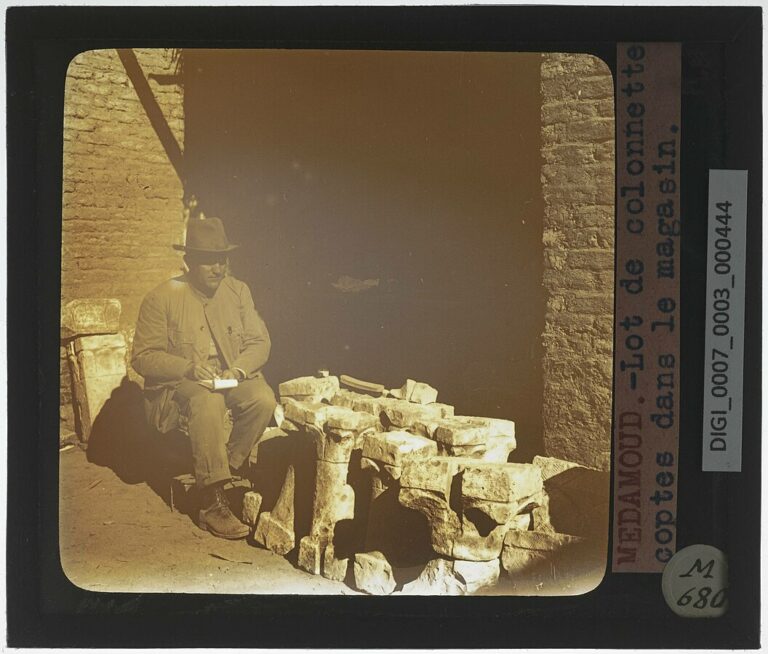Roman Aqueducts: Sustaining an Empire
Engineering Marvels
The Roman aqueducts, a testament to ancient engineering genius, played a pivotal role in sustaining the growth and prosperity of the Roman Empire. These architectural wonders were not just functional infrastructures for water transport but also symbolized the technological and administrative prowess of Roman society. This article delves into the construction techniques, societal impact, and enduring legacy of the Roman aqueducts.
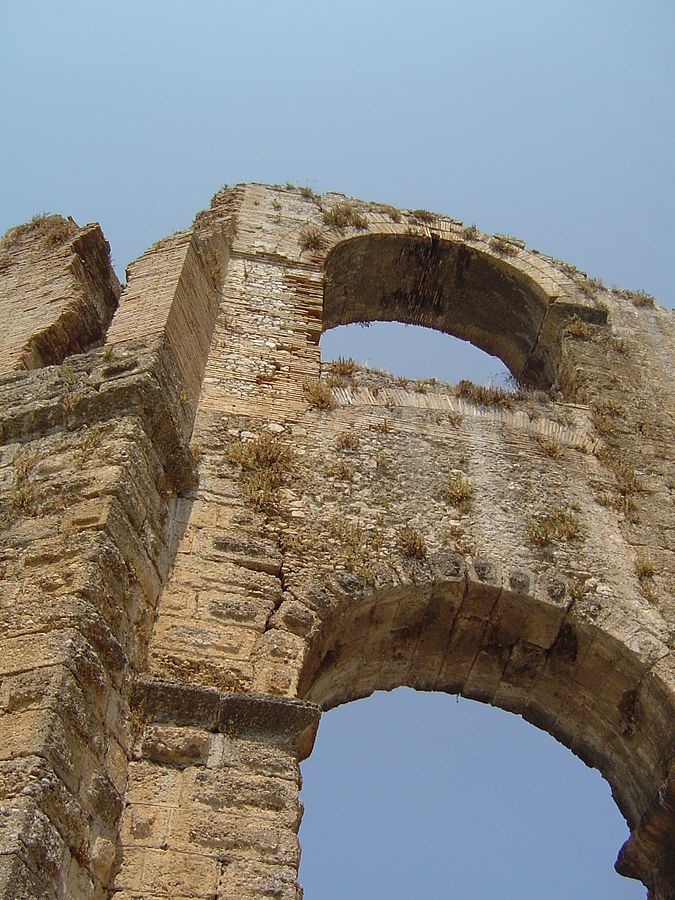
Construction and Design
The aqueducts were masterpieces of engineering, designed to deliver water from distant sources to urban centers across the empire.
Innovative Techniques:
The Romans utilized precise surveying tools, like the groma and chorobates, to ensure the aqueducts’ gradients were just right for the water to flow solely by gravity.
They harnessed materials such as concrete and waterproof cement, enabling durable and long-lasting structures.
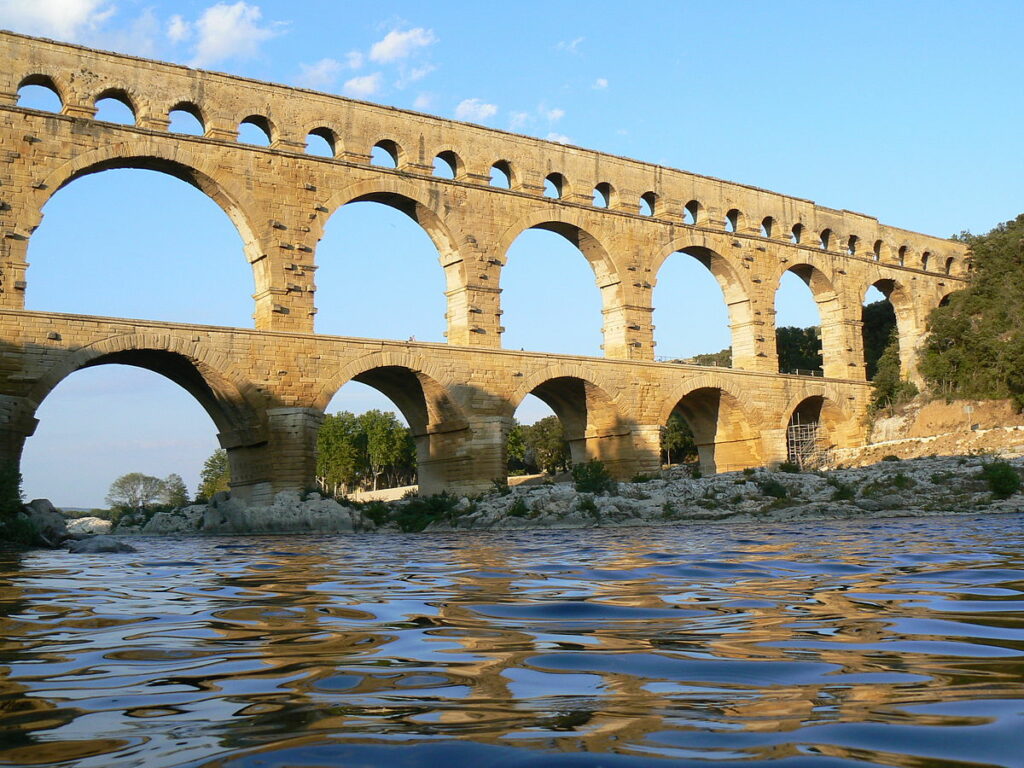
Architectural Elements:
Aqueducts like the Pont du Gard in France showcase the use of arches, a Roman innovation that provided strength and stability.
The enclosed channels, known as specus, were lined with a special waterproof mortar, ensuring minimal water loss.
Impact on Roman Society
The introduction of aqueducts had a transformative effect on Roman urban life and public health.
Urban Development:
The reliable water supply enabled the growth of cities, supporting large populations and the flourishing of Roman civilization.
Public Health and Hygiene:
Aqueducts brought clean water for drinking, public baths, and sanitation facilities, significantly improving public health standards.
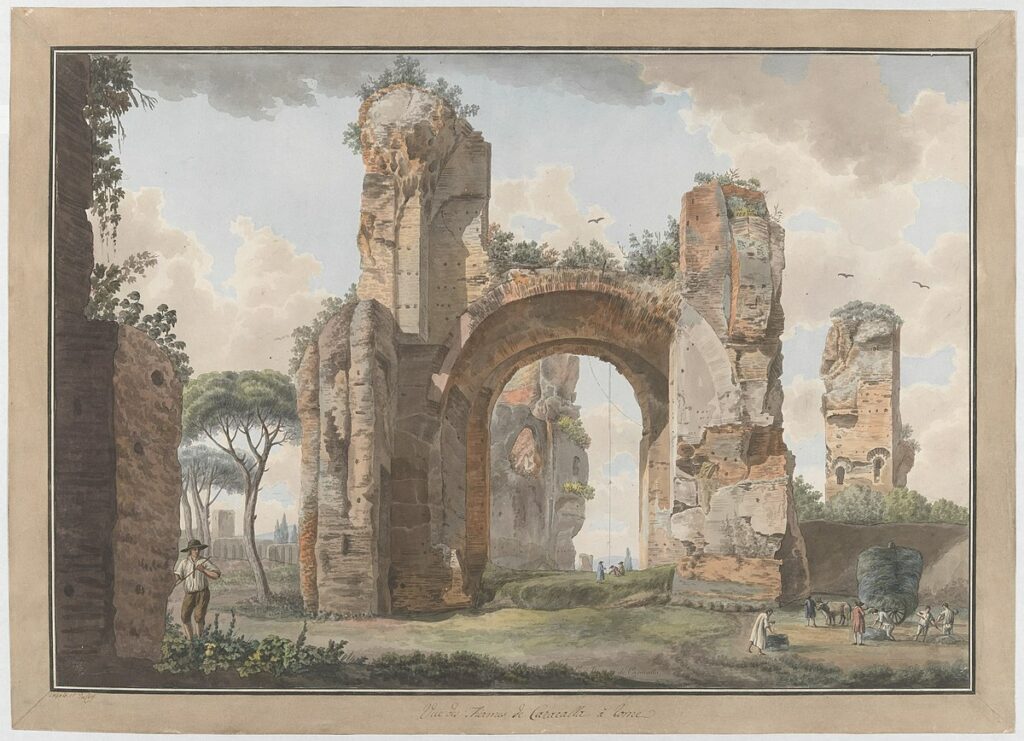
Social and Cultural Influence:
The construction of monumental public baths, like the Baths of Caracalla, became possible, turning these into social and recreational centers. These intricate and magnificently adorned constructions symbolized the triumph and prevailing authority of the government throughout the Empire.
Public fountains, often adorned with grand sculptures, became common in Roman cities, adding to the urban aesthetic and status of the Empire.
The Legacy of Roman Aqueducts
The Roman aqueducts left an indelible mark on the history of engineering and urban planning.
Technological Innovations:
The techniques and materials developed for the aqueducts were groundbreaking, influencing engineering for centuries to come.
Cultural Impact:
The aqueducts were a source of Roman pride and a symbol of the empire’s ability to harness nature for the benefit of civilization.
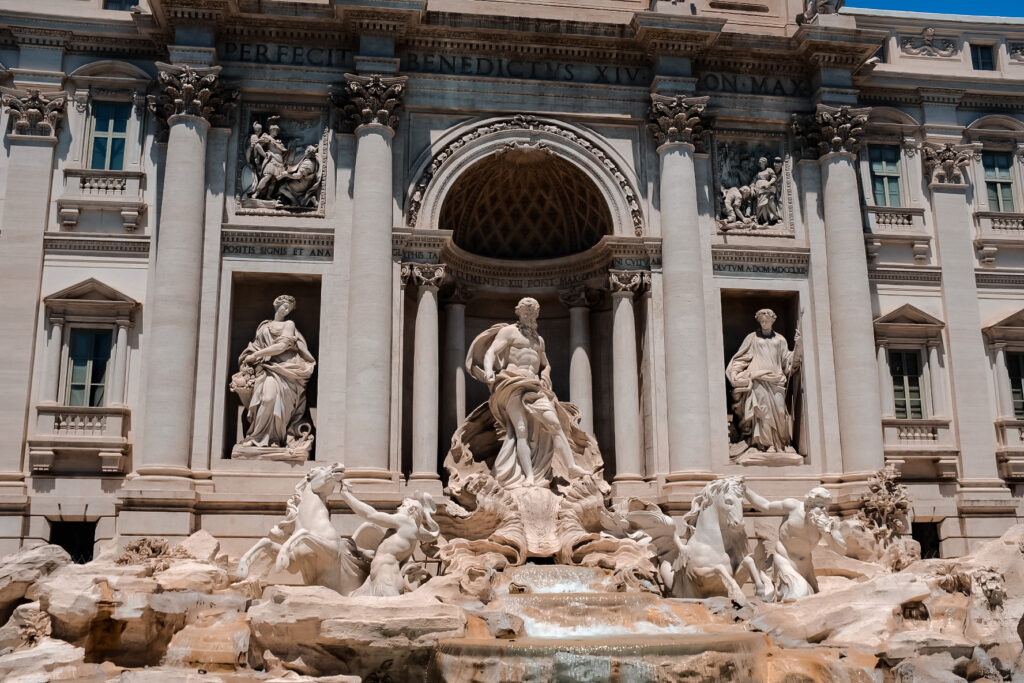
Influence on Modern Engineering:
Modern water supply systems owe a great deal to the principles established by Roman engineers. The legacy of the aqueducts is visible in contemporary urban infrastructure and water management systems.
Lifelines of the empire
The Roman aqueducts were far more than mere conduits of water; they were the lifelines of the empire, facilitating urban growth, public health, and social development. These structures stand as a testimony to the ingenuity and foresight of Roman engineering.
Today, remnants of these aqueducts not only fascinate archaeologists and historians but also continue to inspire modern engineers, reminding us of the ingenuity and ambition of an ancient civilization that once ruled the known world.
If you found this article informative and engaging, don’t miss our exploration into the enigmatic realm of gargoyles by clicking the button below.






